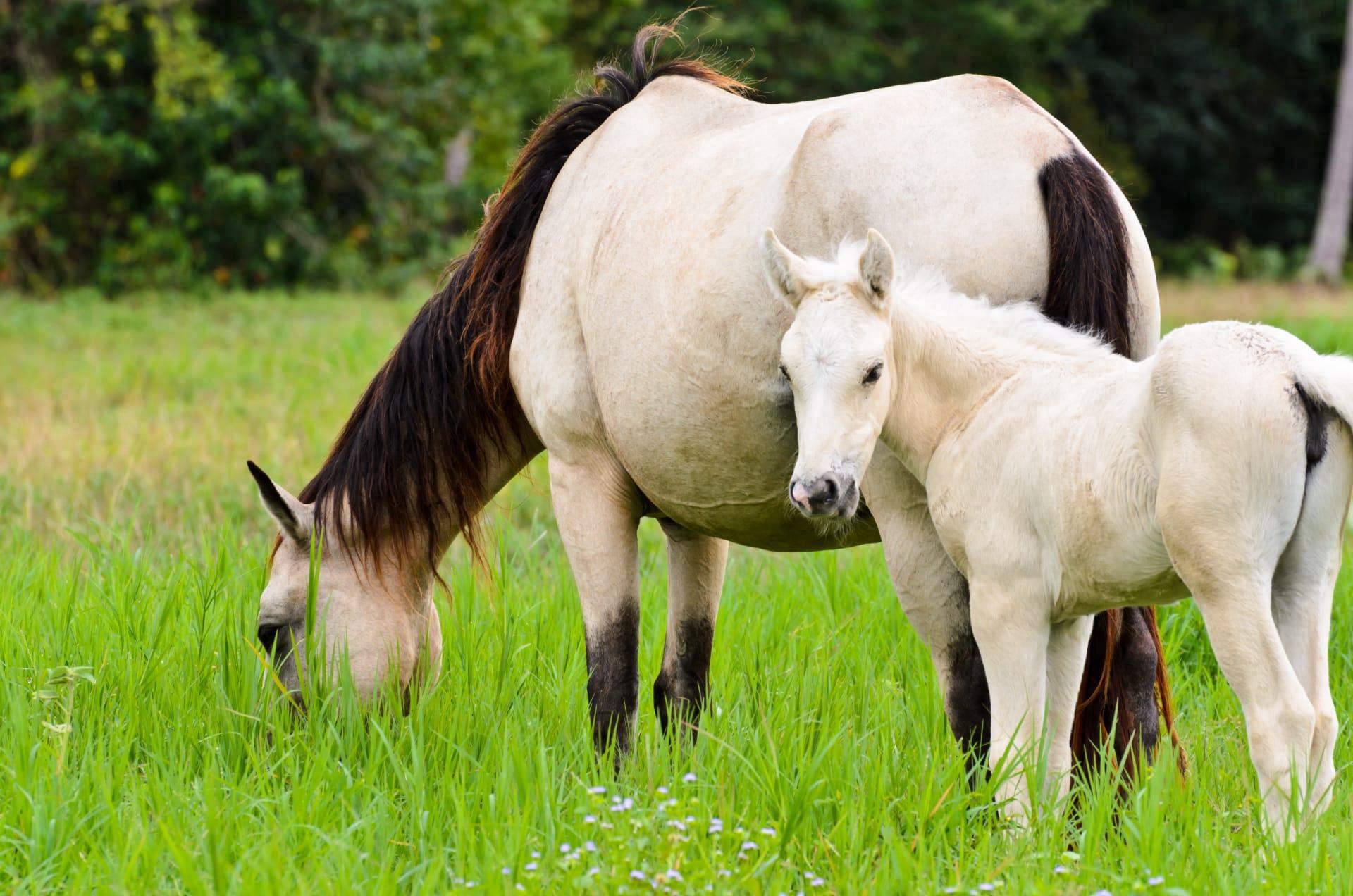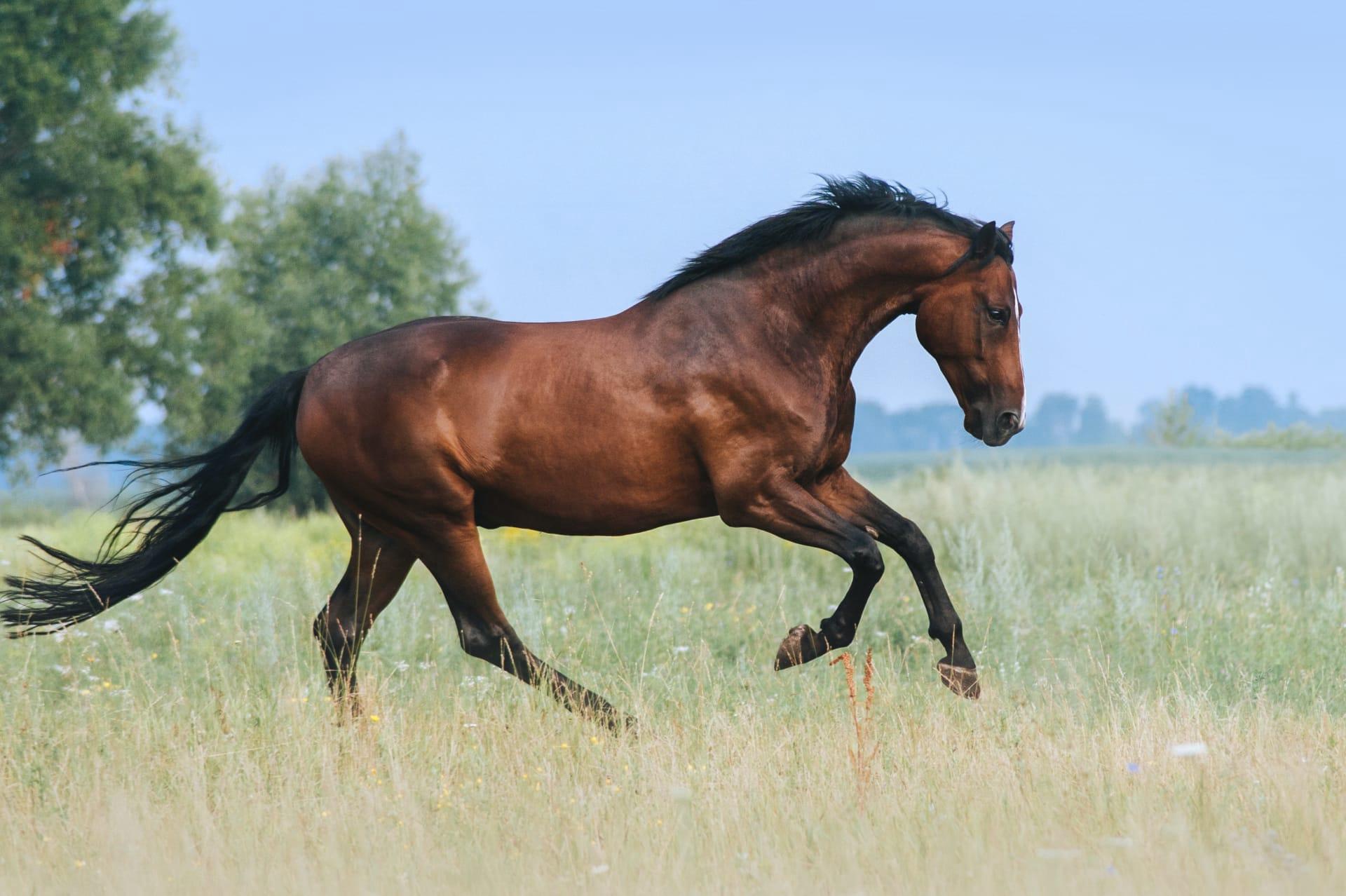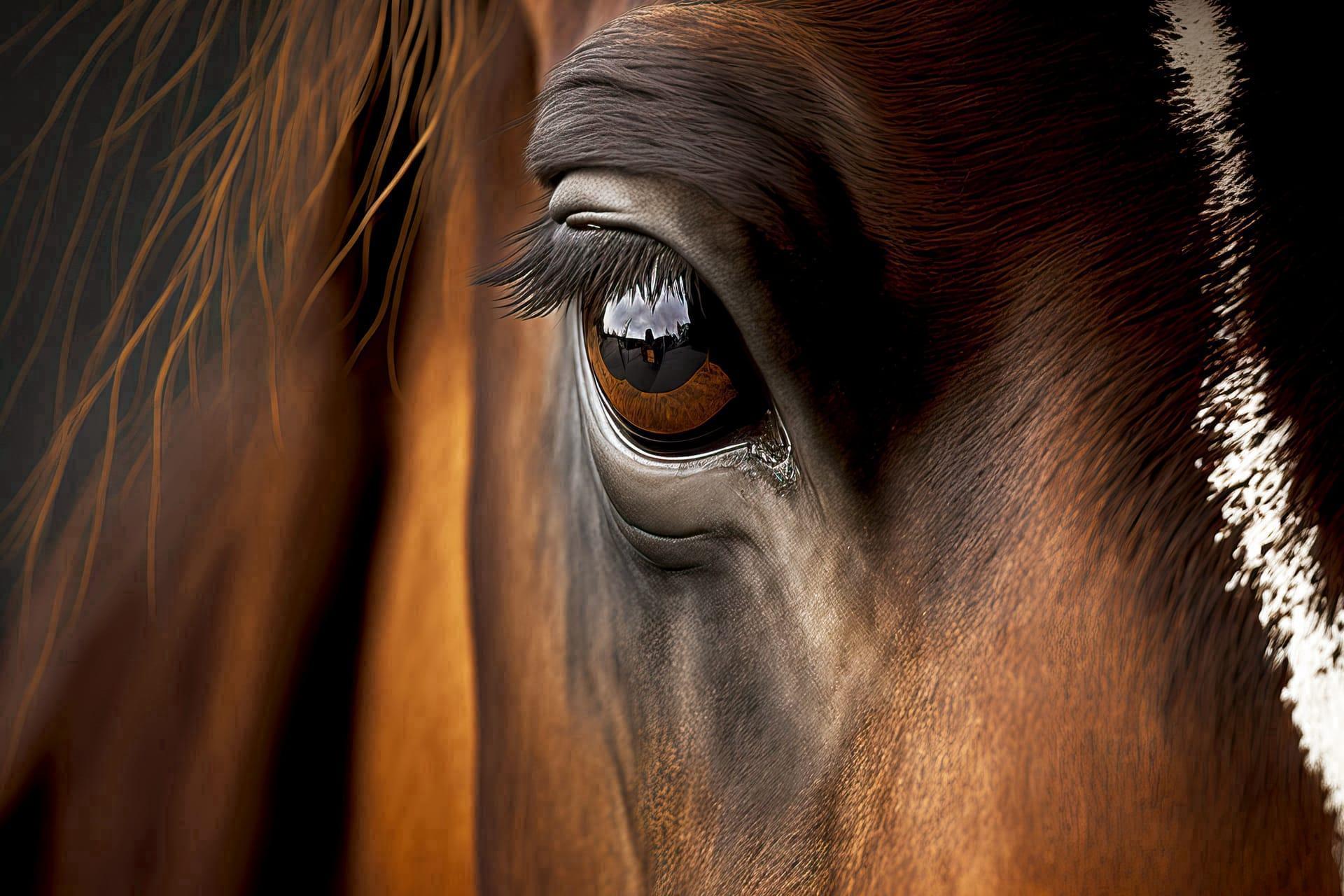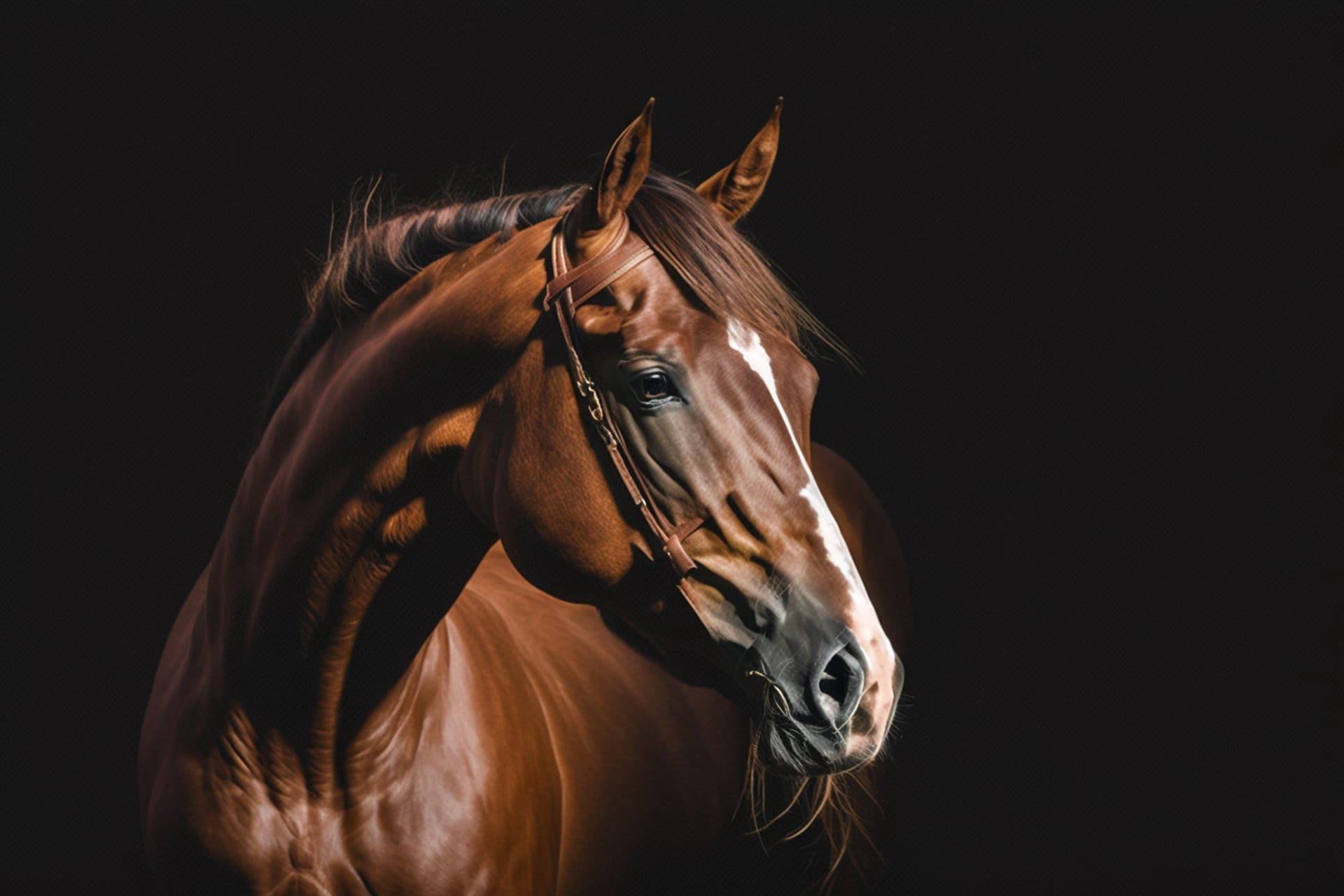Horse
- Home /
- Mini Encyclopedia /
- Animal /
- Horse
1
The horse, scientifically known as Equus ferus caballus, is a fascinating species belonging to the Equidae family. This mammalian family also includes zebras and donkeys. Horses are distinguished by their unique number of chromosomes, which totals 64. This is different from donkeys, which have 62 chromosomes, and zebras, which have between 32 and 46 depending on the species. The evolutionary history of horses is quite remarkable, tracing back to a small, multi-toed creature known as Eohippus, which lived approximately 55 million years ago. Over time, these early ancestors evolved into the large, single-toed animals we recognize today.
Horses have a widespread global distribution, thanks to their domestication by humans around 4000 BCE, initially in the Eurasian Steppes. Wild horses, however, have a more limited distribution. Notably, the Przewalski's horse, the only remaining true wild horse species, is found in Mongolia. This species was once extinct in the wild but has been reintroduced successfully. Domestic horses, on the other hand, are found on every continent except Antarctica. They thrive in various environments, from the tundras to the tropics, adapting remarkably well to diverse climates and terrains. This widespread presence has made horses integral to many cultures worldwide, serving various roles from transportation to companionship.

2
A common misconception about horses is their ability to sleep standing up. Many people believe that horses only sleep while standing, but this isn't entirely accurate.
While horses can rest and enter light sleep phases while standing, they do require lying down for REM (Rapid Eye Movement) sleep, which is crucial for deep, restorative rest. This necessity stems from their unique physiology. Horses have a special mechanism called the "stay apparatus" that allows them to relax their muscles and rest without collapsing, making it possible to doze while standing. However, for the essential REM sleep, horses must lie down for at least a few hours every few days. This behavior is a survival adaptation, allowing them to quickly escape predators if needed.

3
Horses have developed several survival strategies that have enabled them to thrive in diverse environments. One key strategy is their social structure. Horses are inherently social animals, often forming herds led by a dominant mare, with a hierarchy established among other members. This social structure provides protection, as there are more eyes to spot potential threats. Additionally, horses communicate through a complex system of vocalizations, body language, and even scents, which helps maintain the herd's cohesion and safety.
Another survival strategy of horses is their incredible sensory capabilities. Horses have excellent vision, with large eyes that provide a wide field of view, allowing them to spot predators or dangers from a distance. Their hearing is equally impressive, capable of detecting subtle sounds, which serves as an early warning system. Horses also possess a highly developed sense of touch, which they use to communicate with each other and understand their environment. Their coats can feel the slightest touch, helping them to be aware of insects, changes in wind, or other animals' proximity.

4
In ecosystems, horses play a multifaceted role. They are herbivores and, as such, contribute significantly to the control of vegetation. By grazing, horses help maintain the balance of grasslands, preventing overgrowth and promoting biodiversity. Their grazing habits can also assist in seed dispersal, as seeds adhere to their fur and hooves, spreading to new locations as horses move. This seed dispersal is crucial for the regeneration of various plant species, contributing to the health of the ecosystem.
Beyond their ecological impact, horses have a profound influence on the soil. Their hooves aerate the soil, which is vital for soil health and water penetration. This aeration supports the growth of microorganisms and insects, essential components of the soil ecosystem. Additionally, horse manure is a rich nutrient source, contributing to soil fertility and benefiting plant growth. This natural fertilization process plays a critical role in sustaining healthy ecosystems.

5
Film: One notable documentary on horses is "The Path of the Horse" from the United States, released in 2012. This documentary delves into the relationship between humans and horses, exploring alternative approaches to horse training that emphasize understanding and empathy over dominance. It presents a thought-provoking view on how humans can learn from these magnificent creatures and form deeper, more respectful connections with them.
Book: "The Horse: The Epic History of Our Noble Companion" by Wendy Williams, published in the United States in 2015, is an extensive exploration of the horse's history and its relationship with humans. Williams combines science, history, and personal anecdotes to illustrate the significant role horses have played in human civilization.
Book: Another insightful book is "Horse Speak: An Equine-Human Translation Guide" by Sharon Wilsie, released in the United States in 2016. This book offers a unique perspective on understanding horse behavior and communication. Wilsie provides practical techniques for interpreting horses' physical cues, aiming to improve the human-horse relationship by fostering a deeper understanding and respect for these animals' language and emotions.